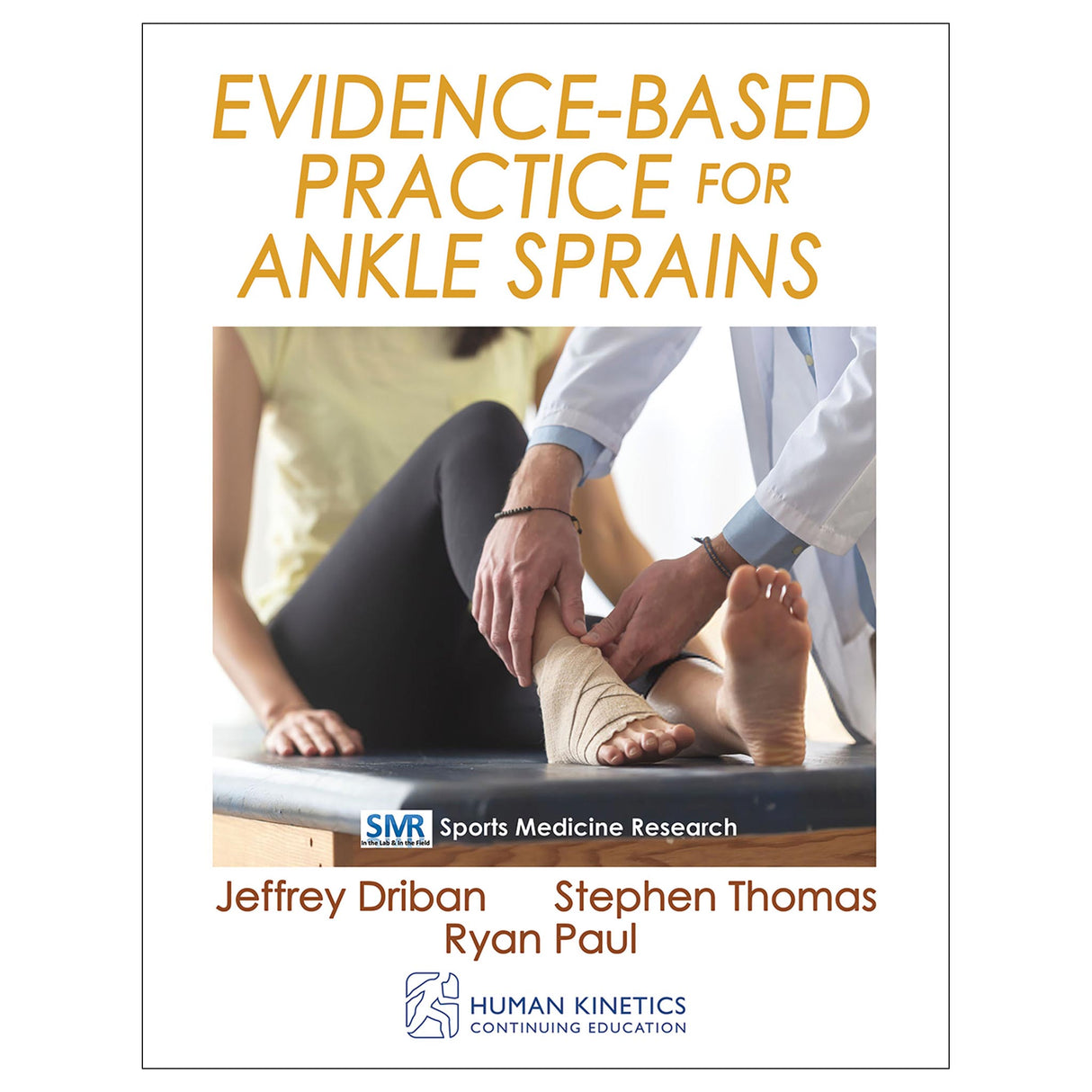Evidence-Based Practice for Ankle Sprains Online CE Course
$104.95 CAD
Human Kinetics strongly recommends that you complete your exam within the calendar year of your date of purchase to ensure approved credits do not expire for your organization.
- 20 online articles from sports medicine journals
- Online continuing education exam
This course supports the initiative in the athletic training profession to integrate the best new research and evidence into clinical decision making with the goal of improving patient outcomes.
Once you complete the readings and pass the 100-question exam, you can print a certificate for continuing education credits.
Learning Objectives
- Explain the risk factors for suffering an acute ankle sprain.
- Be able to implement treatment interventions that best decrease ankle pain and disability.
- Explain the diagnostic accuracy of various physical examination techniques for ankle injury.
- Be able to educate others about medication prescription and physical therapy referral after an ankle sprain.
- Explain the benefits and limitations of balance training after an ankle sprain.
Audience
Certified athletic trainers and athletic therapists.Article 2. Ankle Injury Prevention Programs Work
Article 3. To Brace or Not to Brace . . . Haven’t We Heard This Question Before?
Article 4. Lace-Up Ankle Braces on Injury Rates in High School Football Players
Article 5. Is One Ankle Brace as Good as Another?
Article 6. Save the Ankles by Bracing or Balance Training: Either Is Better than Nothing
Article 7. Highest Accuracy for High Ankle Sprains?
Article 8. What’s in the Anterior Drawer? Probably Not Accuracy
Article 9. Position Someone to Guard Against Bad Laxity Measures
Article 10. Ankle Sprains Are Being Overmedicated and Under-Rehabilitated
Article 11. Oh Boy—That’s a Lot of Opioids After an Ankle Sprain
Article 12. What Does It Cost for an Athletic Trainer to Treat an Ankle Sprain?
Article 13. “Shock”ingly No Improvements in Ankle Sprain Outcomes
Article 14. An Electronic Home Balance Program Improves Gait Parameters in Ankle Sprain Patients
Article 15. Ankle Joint Mobilizations: What Are They Good For?
Article 16. If an Ankle Sprain Has You Fearful, You’re Not Alone
Article 17. Ankle Sprains Need R&R Too
Article 18. Reevaluating RICE for Ankle Sprains
Article 19. Hands-On Approach to Massage Wins Over Instruments
Article 20. Taping Versus Semirigid Bracing on Patient Outcome and Satisfaction in Ankle Sprains





